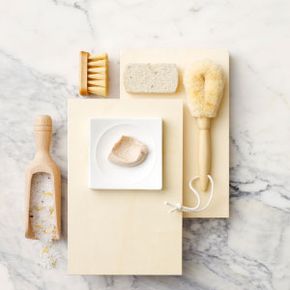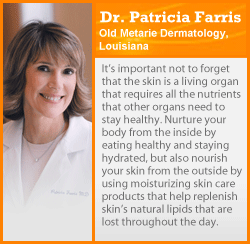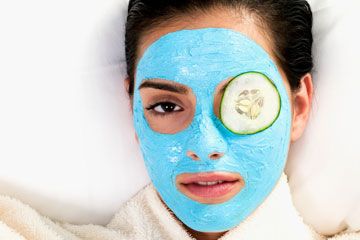Your skin is your largest organ, and it sheds 30,000 to 40,000 dead skin cells every minute [source: Wellsphere]. If rubbing that dead skin away to reveal the shiny, bright skin underneath sounds appealing, what you need is some exfoliation.
Exfoliating means removing the dead layer of skin cells on the skin's outermost surface [source: MedicineNet]. The average person should exfoliate twice a week, but you may need to exfoliate more or less depending on your age and the climate in which you live. For example, older skin doesn't renew as quickly, so too much scrubbing can irritate it. And people who live in warm climates may need to exfoliate more often because heat increases oil and sweat production, both of which can speed up the accumulation of dead cells.
Advertisement
But what you use to remove those dead cells is just as important as how often you exfoliate. Different parts of your body have different skin thicknesses and require different tools. A clean washcloth and a little scrub may be fine for your face, but it won't put a dent in the rough skin on your feet. But with the proper tools, you can have smooth skin from head to toe.
Carpenters and plumbers use specific tools to get different jobs done -- just as you can use specific tools to exfoliate different parts of your skin. On the next pages, you'll learn what types of exfoliating tools can help keep your skin smooth and bright.
Advertisement


